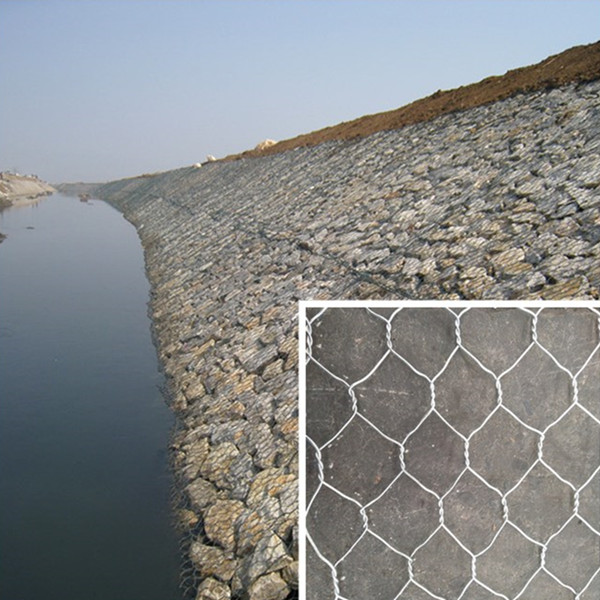Legumes are widely loved by our people due to their rich nutritional content. They are a great source of protein and essential amino acids, with a composition that closely resembles animal protein in both quantity and balance. What sets legumes apart is their low cholesterol content compared to fish, meat, eggs, and dairy products. Additionally, they are high in linoleic acid and phospholipids, which help prevent conditions such as hypertension, coronary heart disease, and arteriosclerosis. For these reasons, legumes are often referred to as "plant meat." Black beans, for instance, are known to promote hair and blood health, while eating more soybeans can help reduce age spots. Soy-based products are highly versatile, offering a wide range of consumption methods—from bean paste fillings to soups, sprouts, and more. Below are some modern and innovative ways to enjoy legumes in daily life.
One such product is vacuum-packed spiced bean sprouts. After germination, the beans naturally produce vitamin C, and many hard-to-digest components are broken down into more easily absorbed nutrients. However, if the sprouts grow too long, they lose their flavor and nutritional value, making them suitable only as fresh vegetables. Based on traditional methods, we've developed Wuxiang bean sprouts using modern techniques. These sprouts have a shelf life of up to 12 months, are delicious, and easy to eat. This is a low-investment, fast-return processing project.
**Main Equipment**: Cooking pot, pickling cylinder, vacuum packing machine
**Formula**: 100kg soybean sprouts, 10kg red pepper, 5kg salt, 2.5kg ginger, 0.5kg pepper, 3.2kg soy sauce, 2kg white sugar, 1kg white wine
**Process**: Soybean → Selection → Cleaning → Soaking → Germination → Enzyme Inactivation → Pickling → Packaging → Sterilization → Finished Product
**Operation Steps**:
1. Select full, bright yellow soybeans, remove immature or moldy ones, wash, soak in 40°C water for 4–5 hours, then drain.
2. Germinate soaked beans at 25°C, changing water daily to avoid rotting. When sprouts reach 0.2cm, stop germination.
3. Boil sprouts for 3–5 minutes, cool in cold water.
4. Marinate cooled sprouts in seasoning liquid for 15 days at 10°C, mixing every 7 days.
5. Vacuum-pack, sterilize at 90°C for 10 minutes, then package for sale.
**Quality Standards**: Crisp, fragrant, and uniquely flavored.
Another innovation is "Plant Bean Meat," an improved version of traditional tofu, fermented, and dried legume products. While popular, they often lack flavor and nutrition. By adjusting ingredients and processes, we’ve created a new type of imitation meat soy product that is not only flavorful but also more nutritious.
**Main Equipment**: Refiner, cooking pot, molding dehydrator
**Formula**: 100kg soybeans, 5kg beef, 15kg mushrooms, 0.2kg emulsifier, 2kg modified starch
**Process**: Soybean → Selection → Crushing → Milling → Cooking → Protein Coagulation → Mixing → Press Molding → Packaging → Sterilization → Finished Product
**Operations**:
1. Choose high-quality soybeans, fresh mushrooms, and beef.
2. Crush soybeans, soak, refine, and cook.
3. Boil soy milk thoroughly.
4. Coagulate protein, press, and shape.
5. Process mushrooms and beef separately, then mix.
6. Mold, dry, and sterilize.
**Quality Standards**: Delicate texture, good slicing, and rich in bean, mushroom, and beef flavors. Shelf life: 12 months.
Other products include **Sugar Soybeans**, made by coating soybeans with caramelized sugar, and **Strange Taste Hudian Wei Hu Dou**, a spicy Sichuan snack with a unique flavor profile. There's also **Bean Crisp**, a sweet and crispy treat made from soy flour and sugar. Each has its own production process, quality standards, and storage requirements.
These innovations showcase how legumes can be transformed into diverse, nutritious, and appealing food products, meeting modern consumer demands while preserving traditional values. Whether eaten raw, cooked, or processed, legumes continue to play a vital role in our diet and culture.
Gabion Mesh
Gabion Mesh
Gabion mesh including : heavy gabion/hexagonal mesh, gabion box, gabion mesh sack, welded gabion mesh, Prevention rockfall Mesh.
Gabion mesh's production processes : material inspection- PVC coating- machine weaving- alignment- cutting- edge strengthening- assembly- packing- transporting
The material of gabion mesh is low carbon steel wire, and then will be hot-dipped galvanized, re-plated with Galfan or PVC, so as to improve the durability of the gabion mesh under all sorts of environments.
Applications of gabion mesh :
It has the effect of controlling water capacity, prevent soil and water from flowing,the protecting and improvement of the ecological environment. Gabion can be employed in a variety of ways to stabilize soil conditions around bridges and river bank protection.

Gabion Mesh,Gabion Box Mesh,Gabion Garden Mesh,Gabion Mesh Wall,Gabion Box
ANPING COUNTY SHANGCHEN WIREMESH PRODUCTS CO.,LTD , https://www.scwiremesh.com
